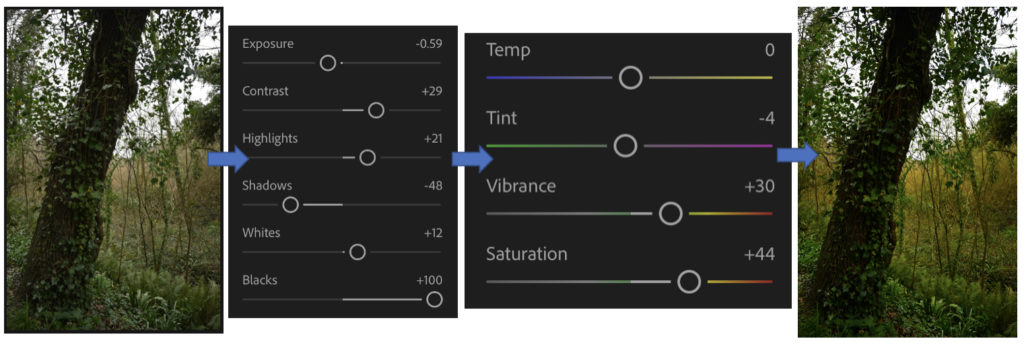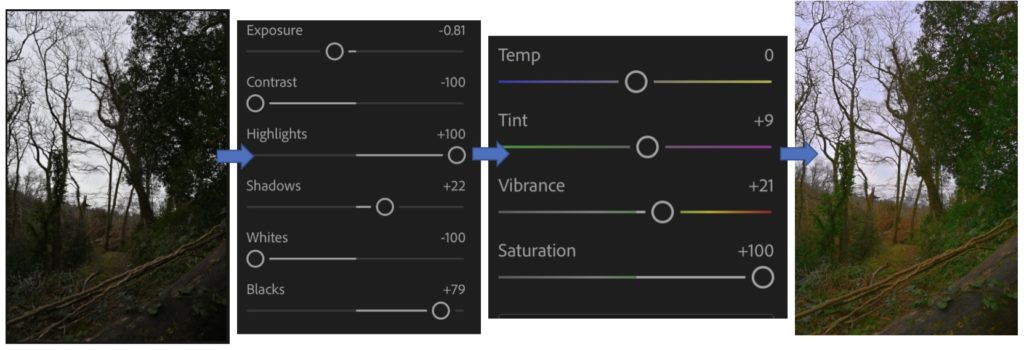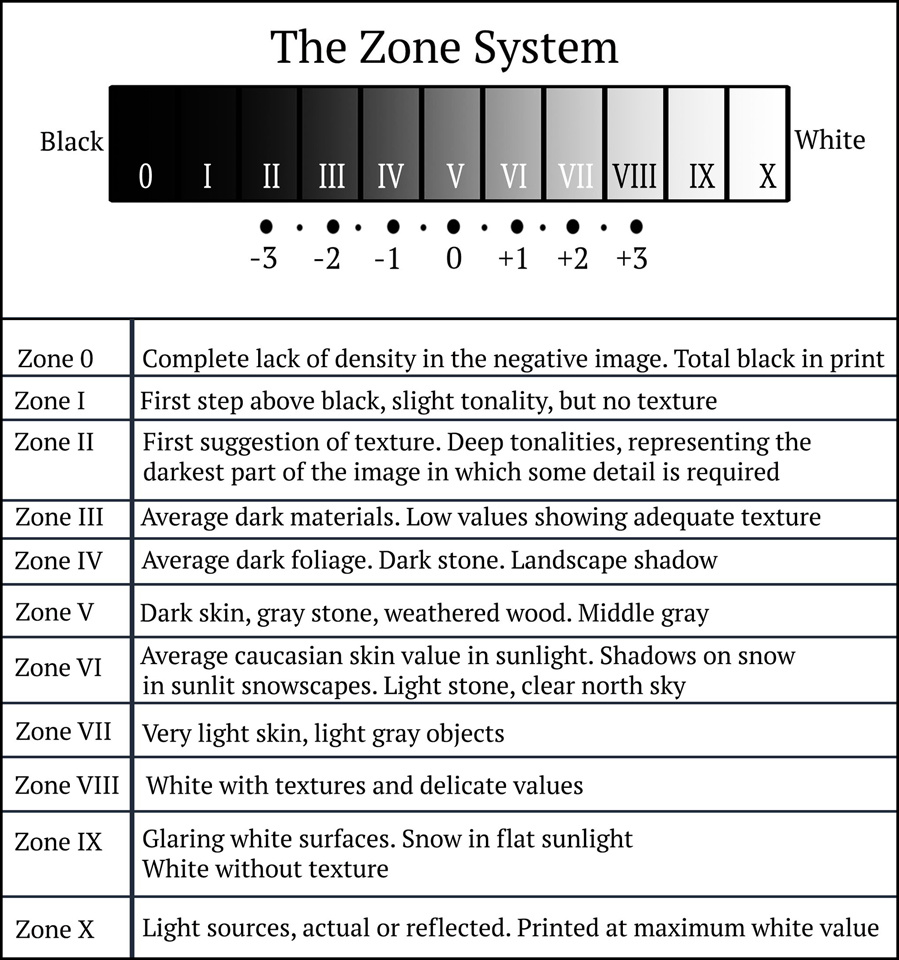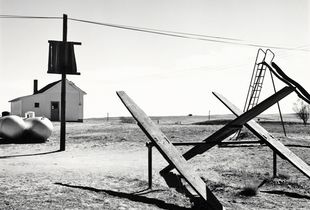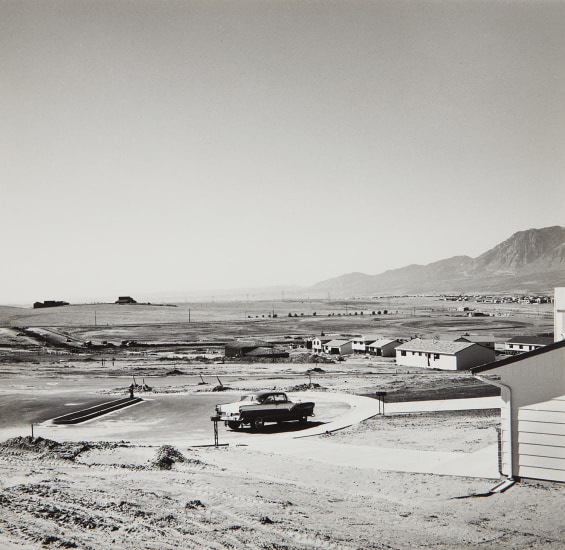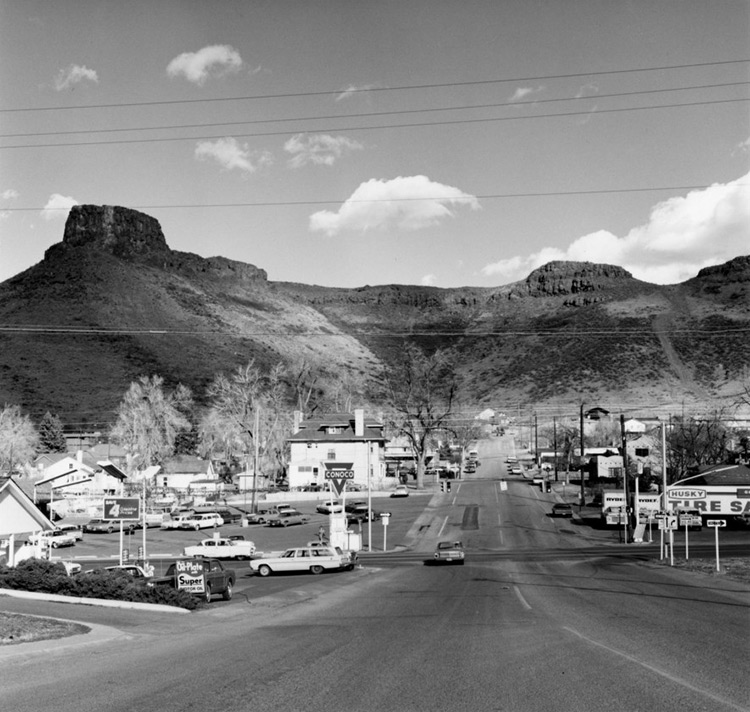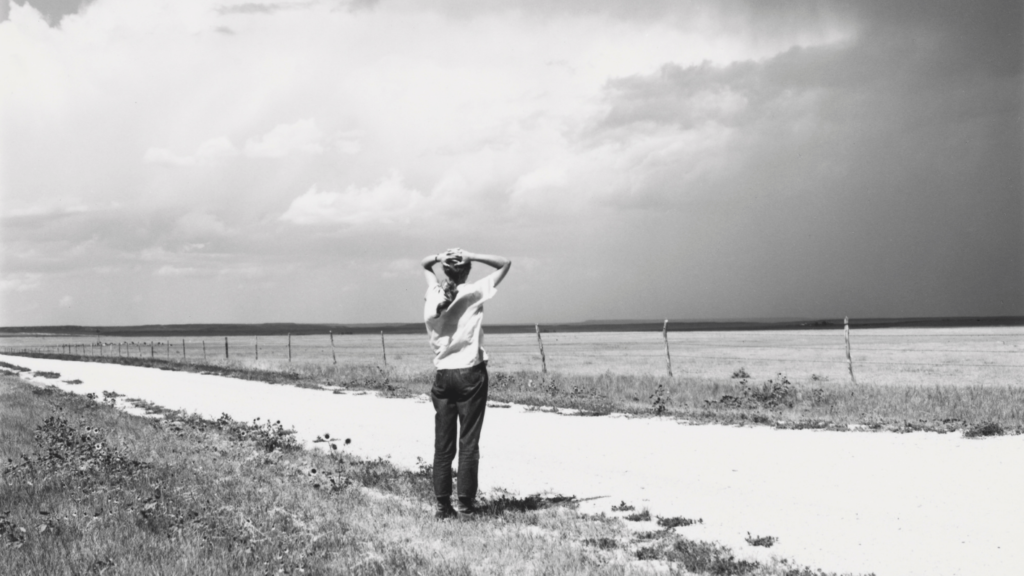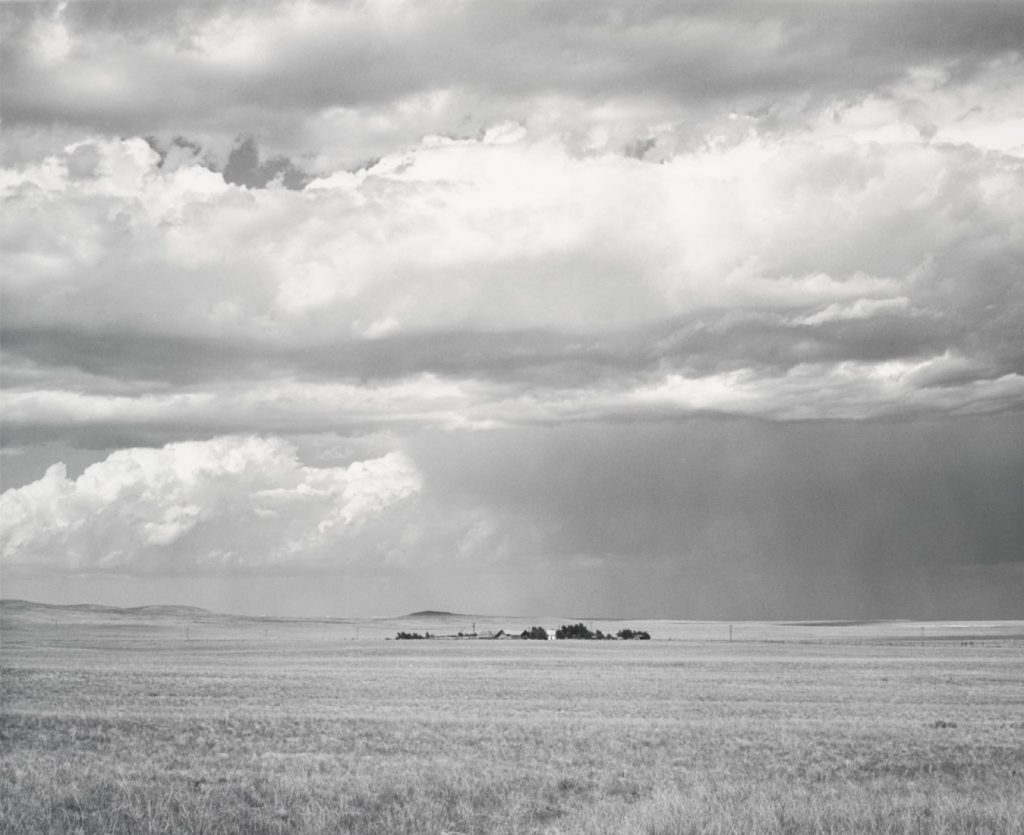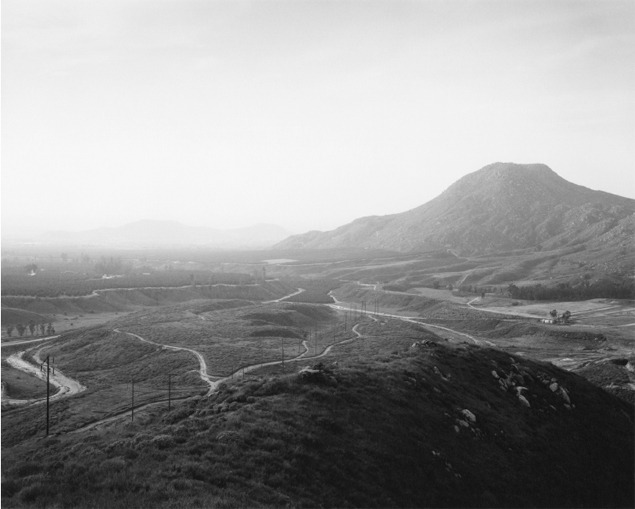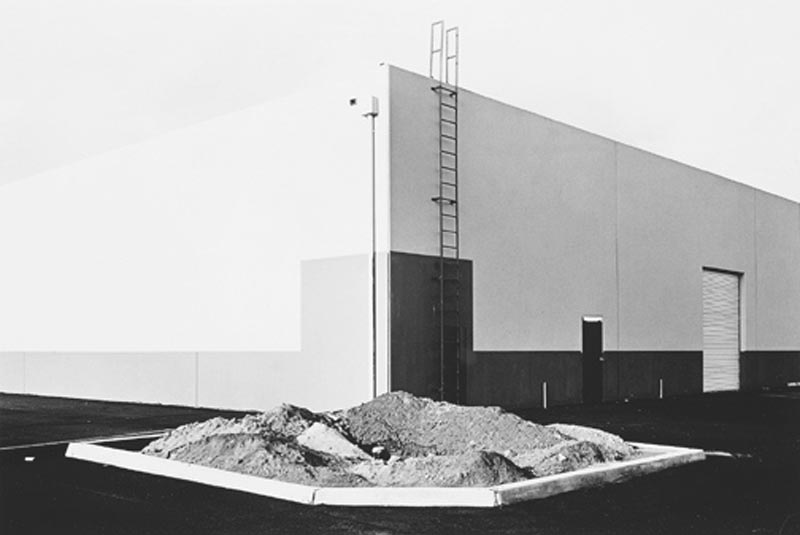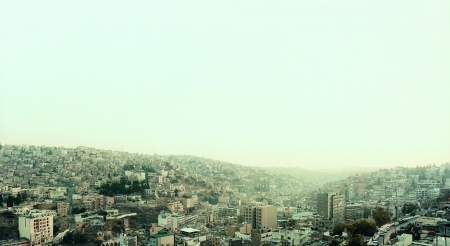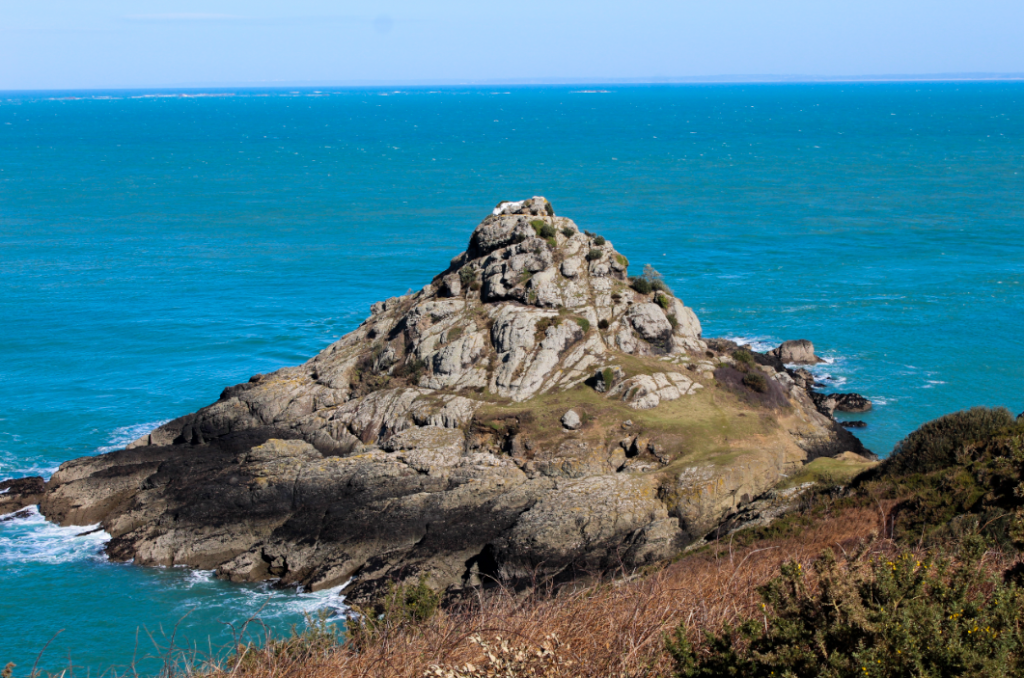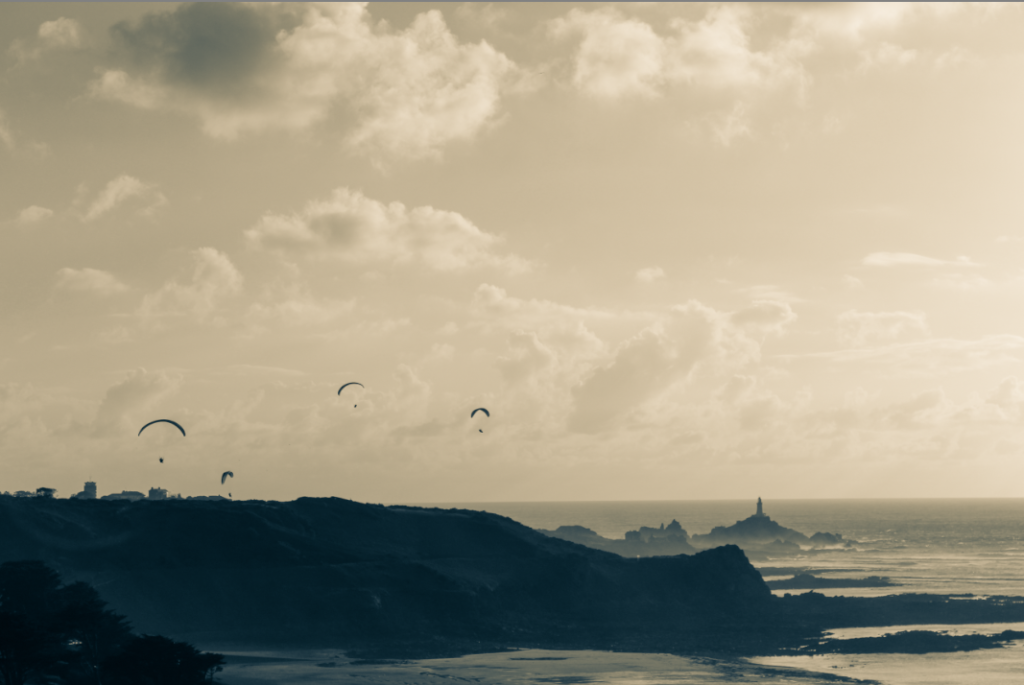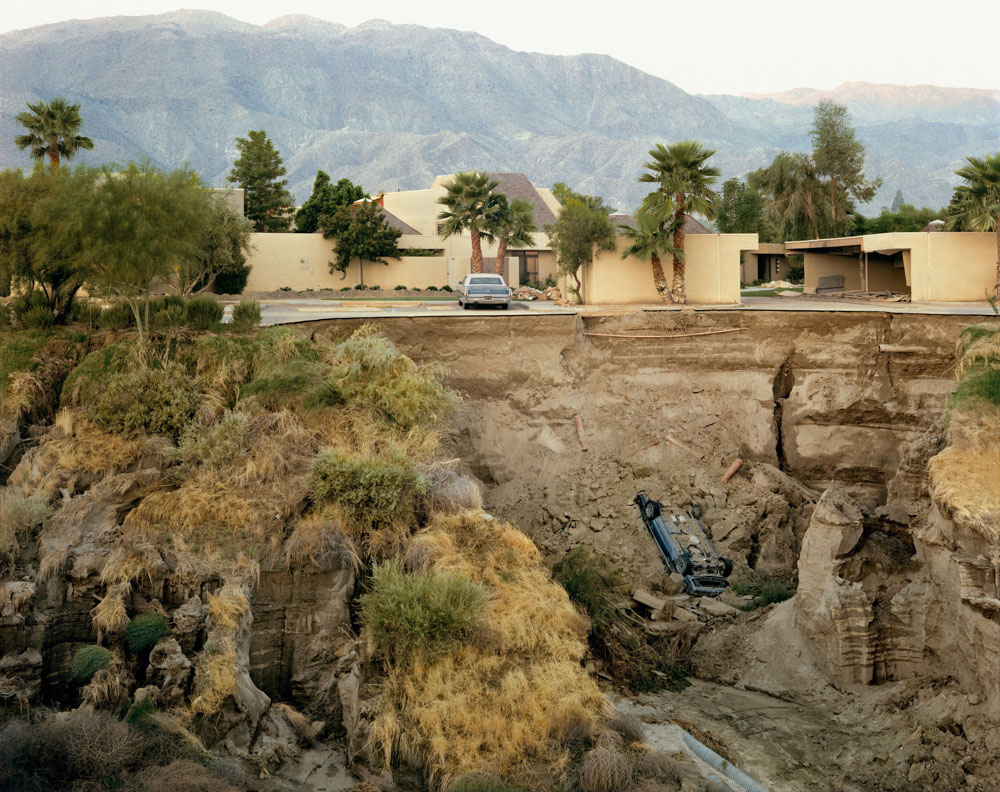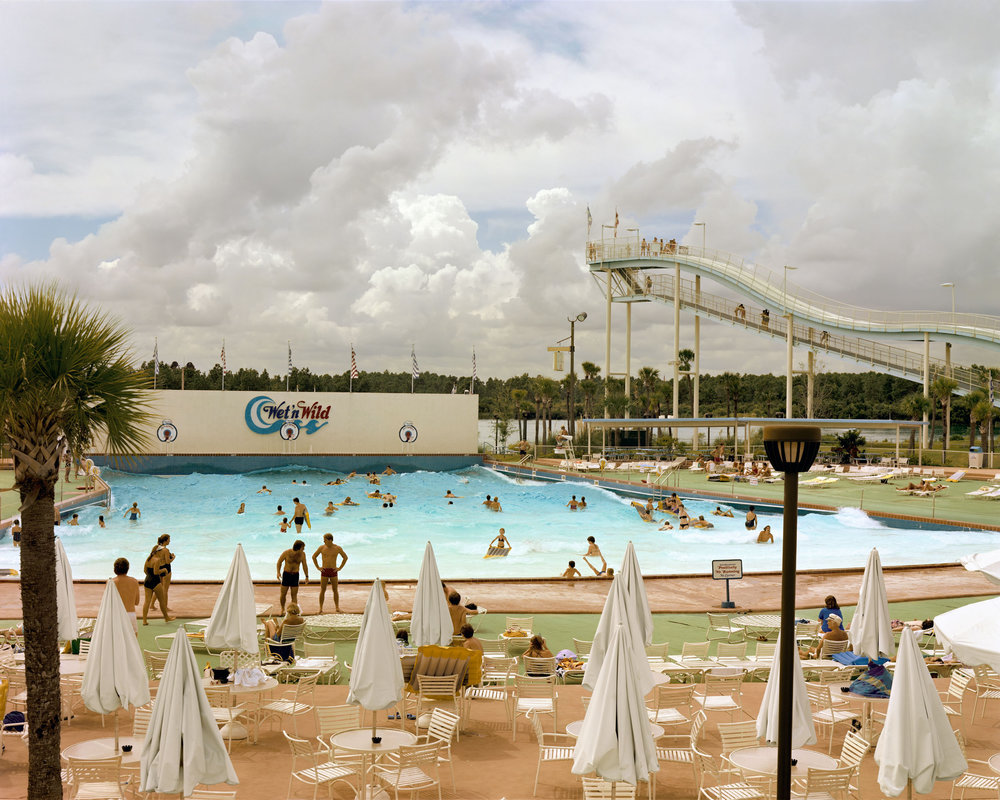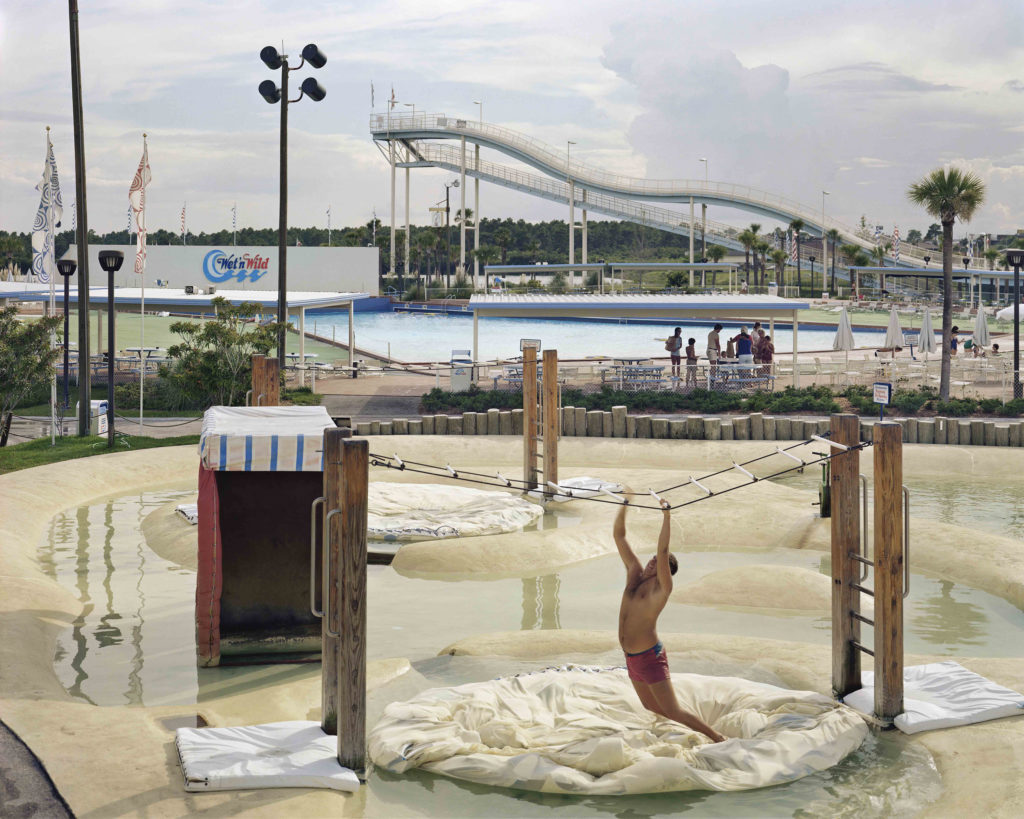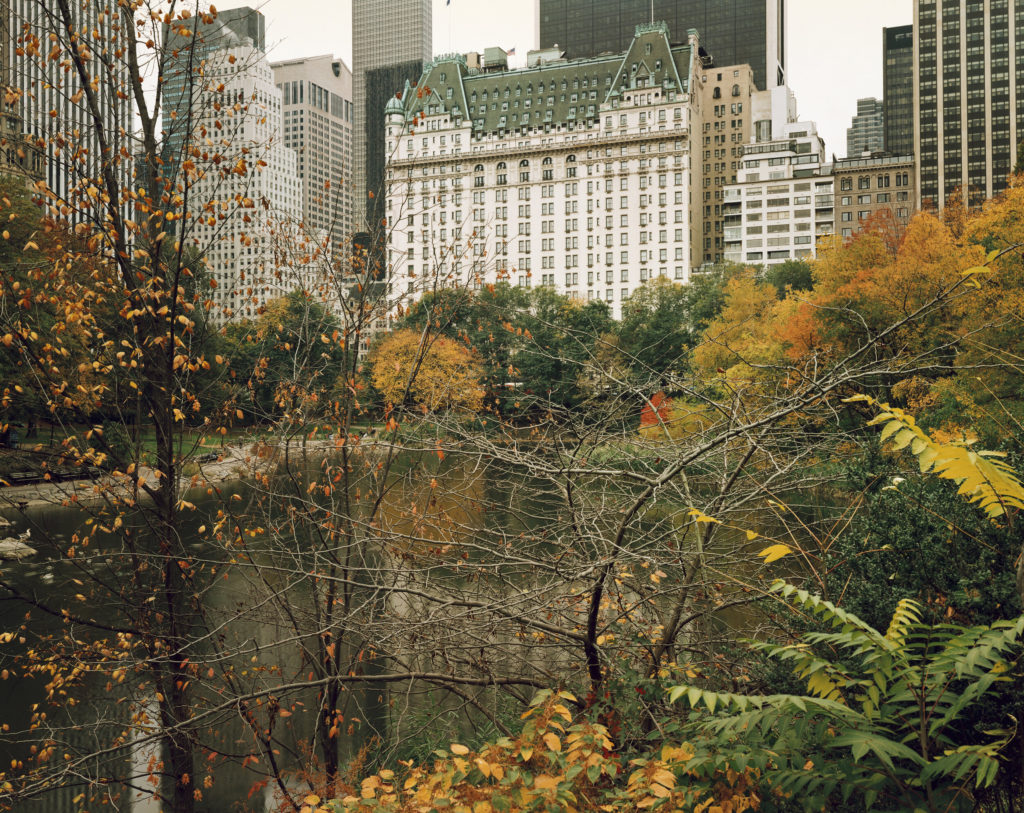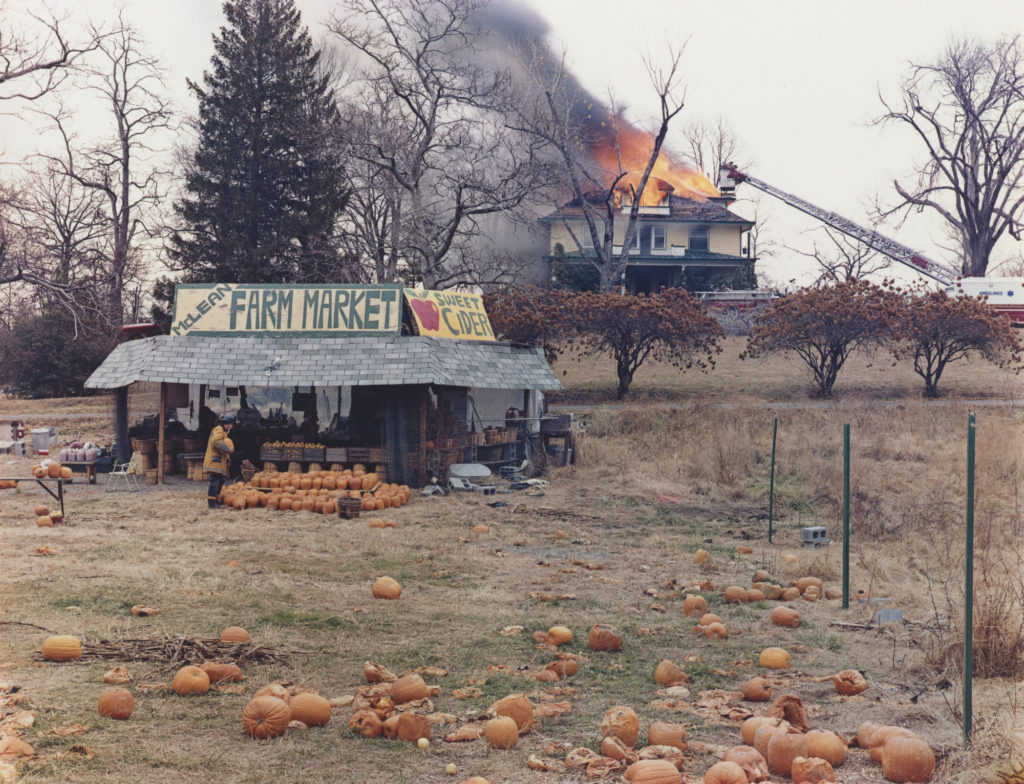
Ansel Adams 
My work
I think that my work was successfully able to show similarity towards Ansel Adams work. I have chosen to compare these 2 photos, as they both involve nature and include natural, woody, grassy, mossy values which create an earthy atmosphere. I think the similarities between the pictures such as the use of a woodland area, involving trees where both can use the background to create this dark and scary abyss but then use the tree branches/trunks to be able to bring some light into the photos as if it is showing and creating a feeling of hope. I also used “The zone system” which is also seen clearly in Ansel Adams work as you can see how we both have experimented with the 12 different tones of black and white within each of our photos. However, my photo uses a bright background whereas Ansel Adams doesn’t, personally I like this as I think that this helps to frame the nature and create a focus to how the natural course has been broken as you can see the broken tree trunk which could’ve been due to weather. It also helps to break up the darker tones to the lighter tones so that they don’t get lost in one another and create a break between them.
I really enjoyed working in the style of Ansel Adams and would use him for inspiration for “rural” landscapes in my photography because his work is unusual yet is able to highlight dangers which humans have created and show the world in a beautiful way but also be able to create a scary atmosphere through the use of the black and white filter which he uses.


